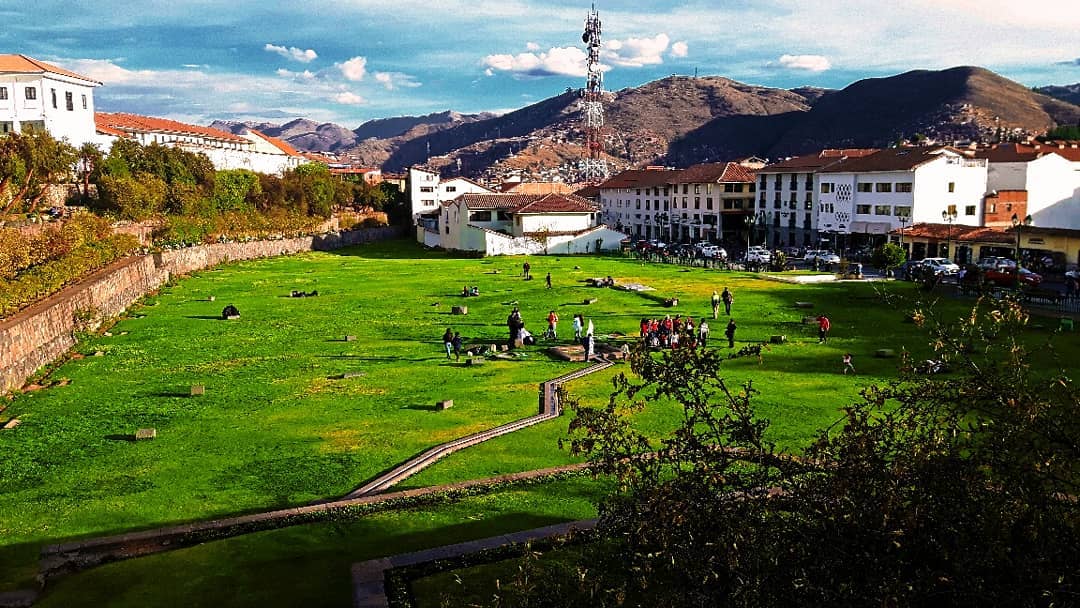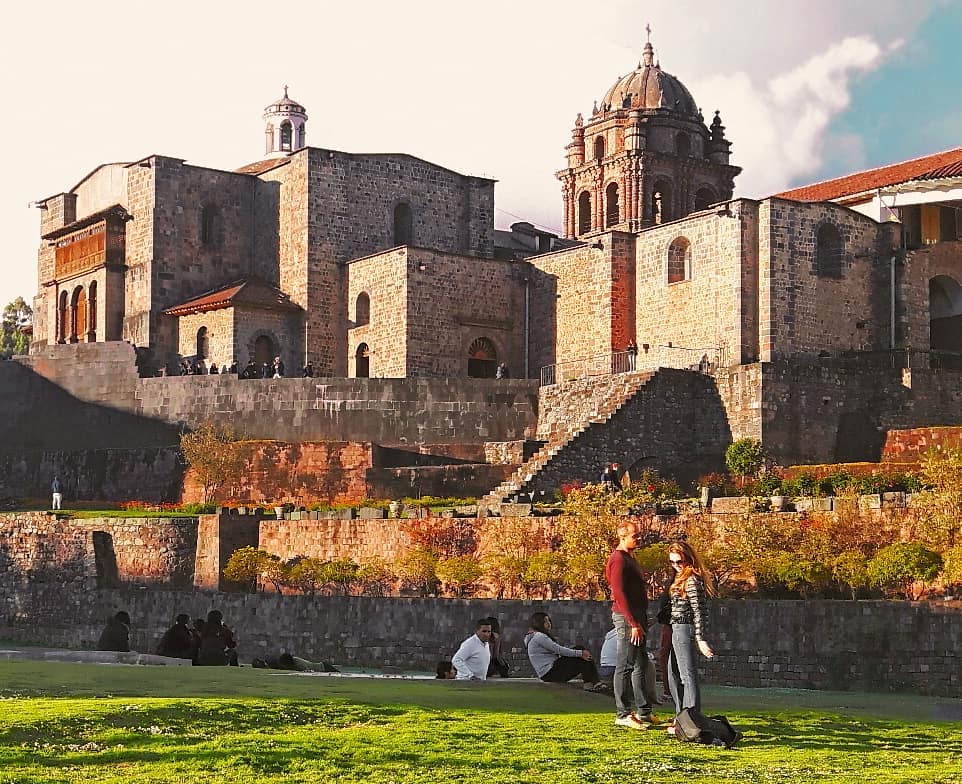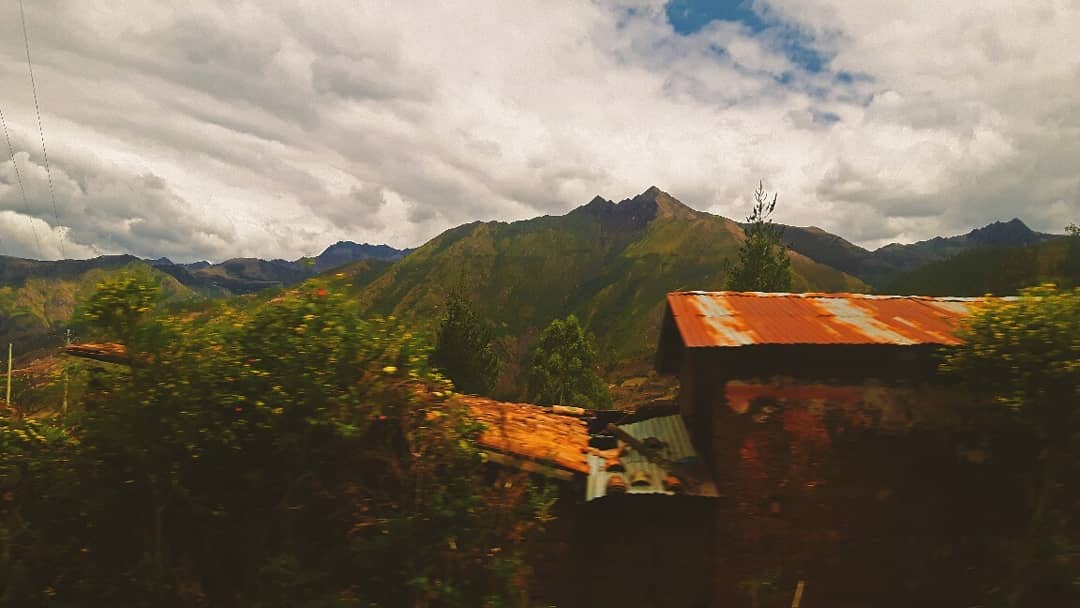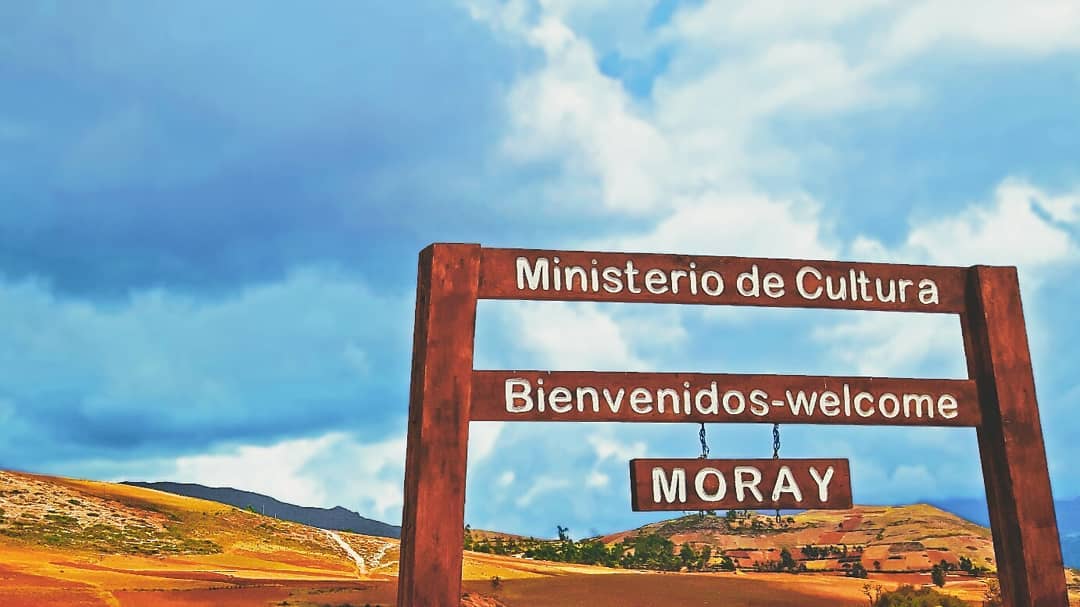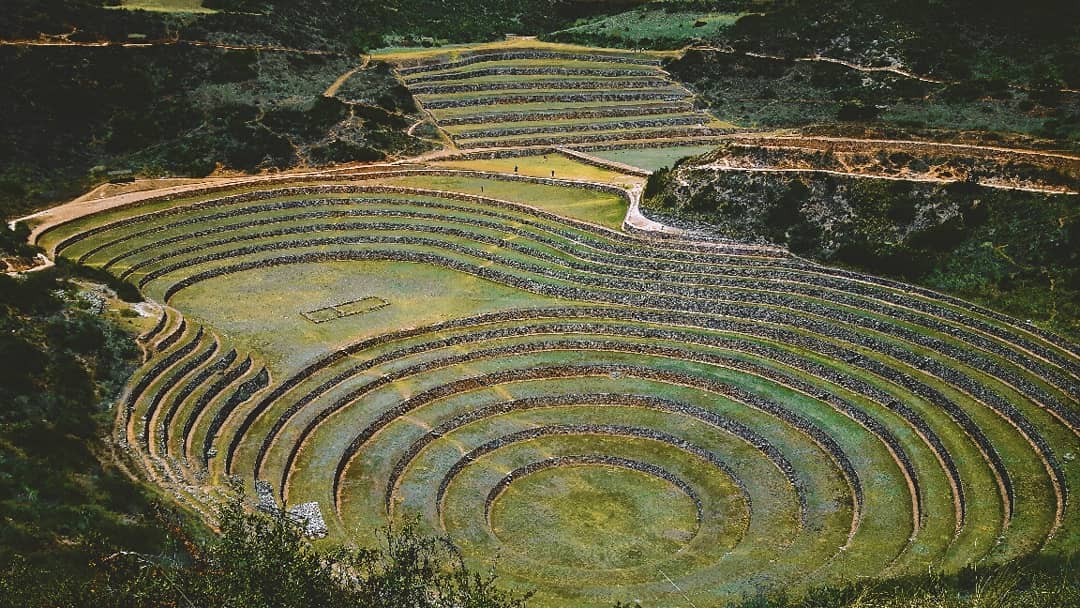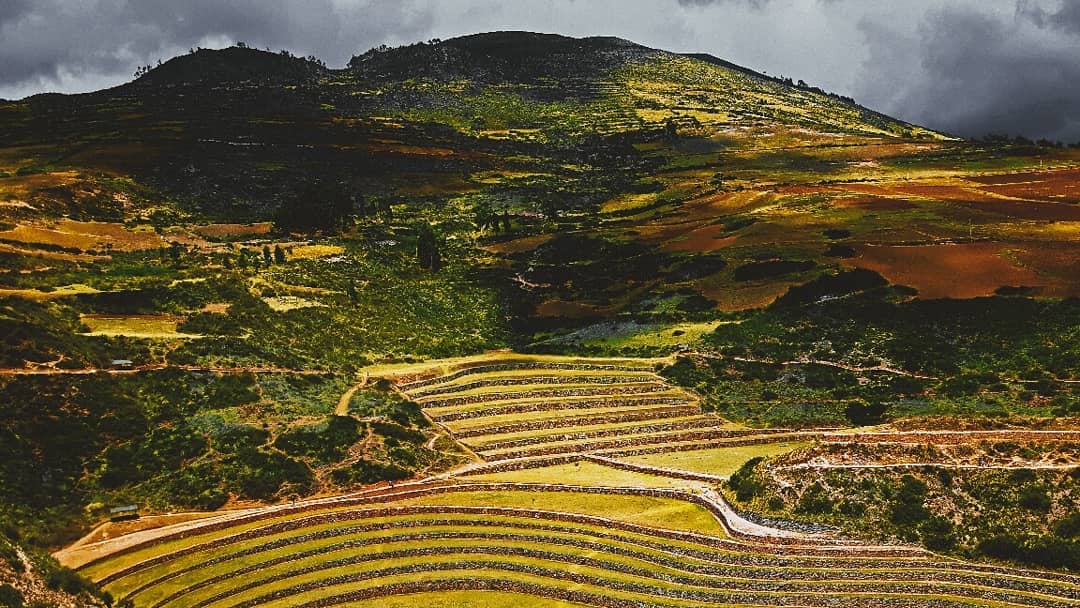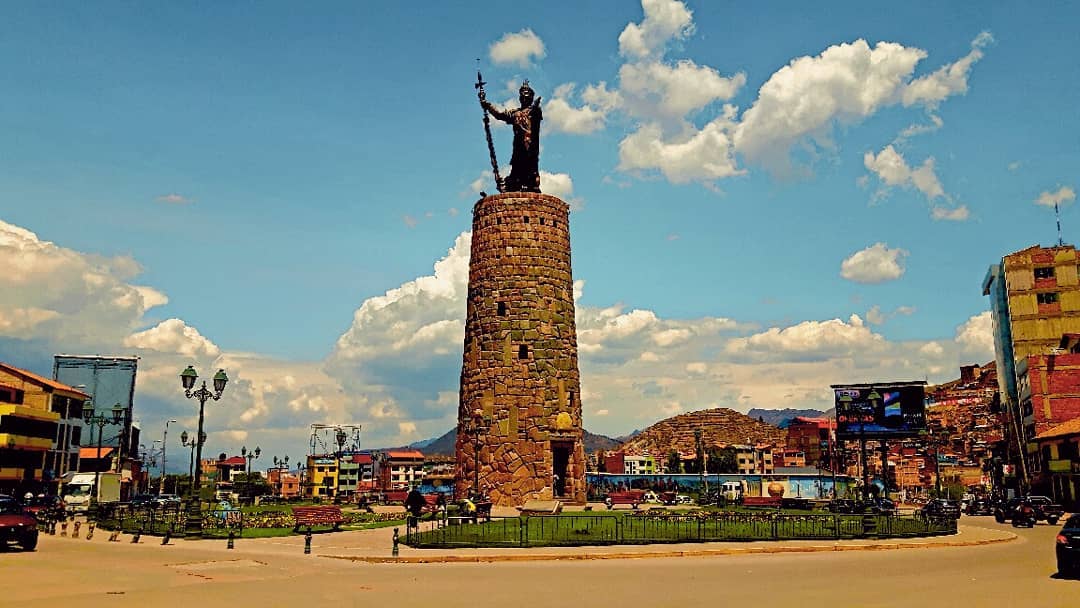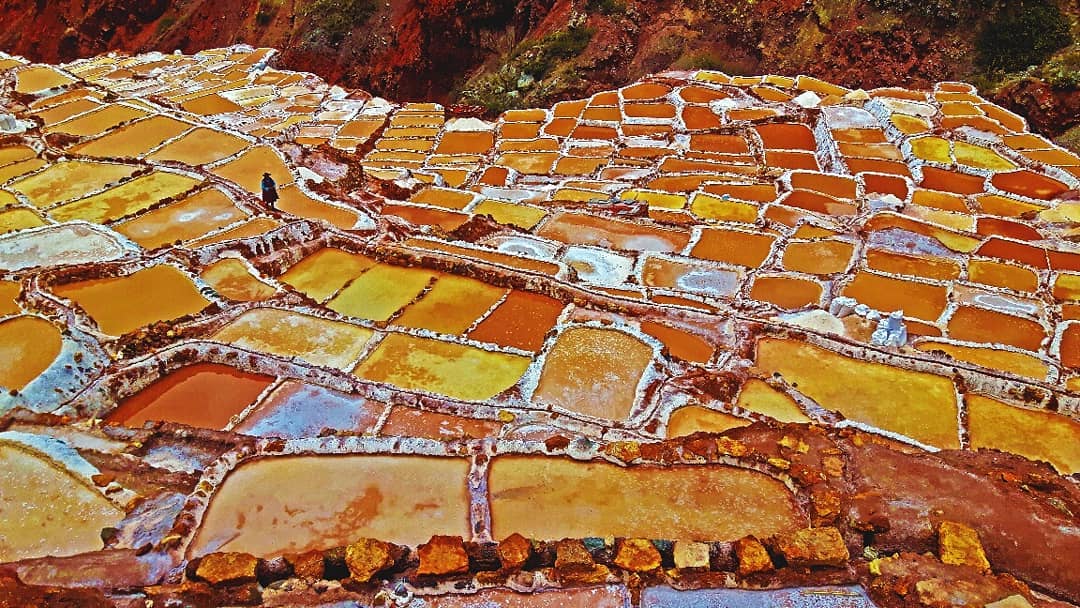Description:
The Cusco region in Peru, known for its impressive landscape and rich cultural history, also offers remarkable biocultural diversity. Stretching from the majestic Andes in the highlands to the deep gorges of the Urubamba Valley, this area encompasses a variety of ecosystems and habitats. The flora ranges from characteristic Andean plants like Queñua trees and Puya Raimondii to the diverse plant species of the cloud forest. The fauna is equally diverse, including endemic species such as the spectacled bear and the Andean condor, as well as a wealth of bird species like hummingbirds and toucans. The indigenous peoples of the region, such as the Quechua and the Asháninka, have developed a close relationship with nature over centuries, preserving traditional knowledge about the use and protection of the environment. Despite challenges from climate change and tourism, the protection and preservation of this biocultural diversity remain crucial for the future of the Cusco region and the well-being of its inhabitants.




